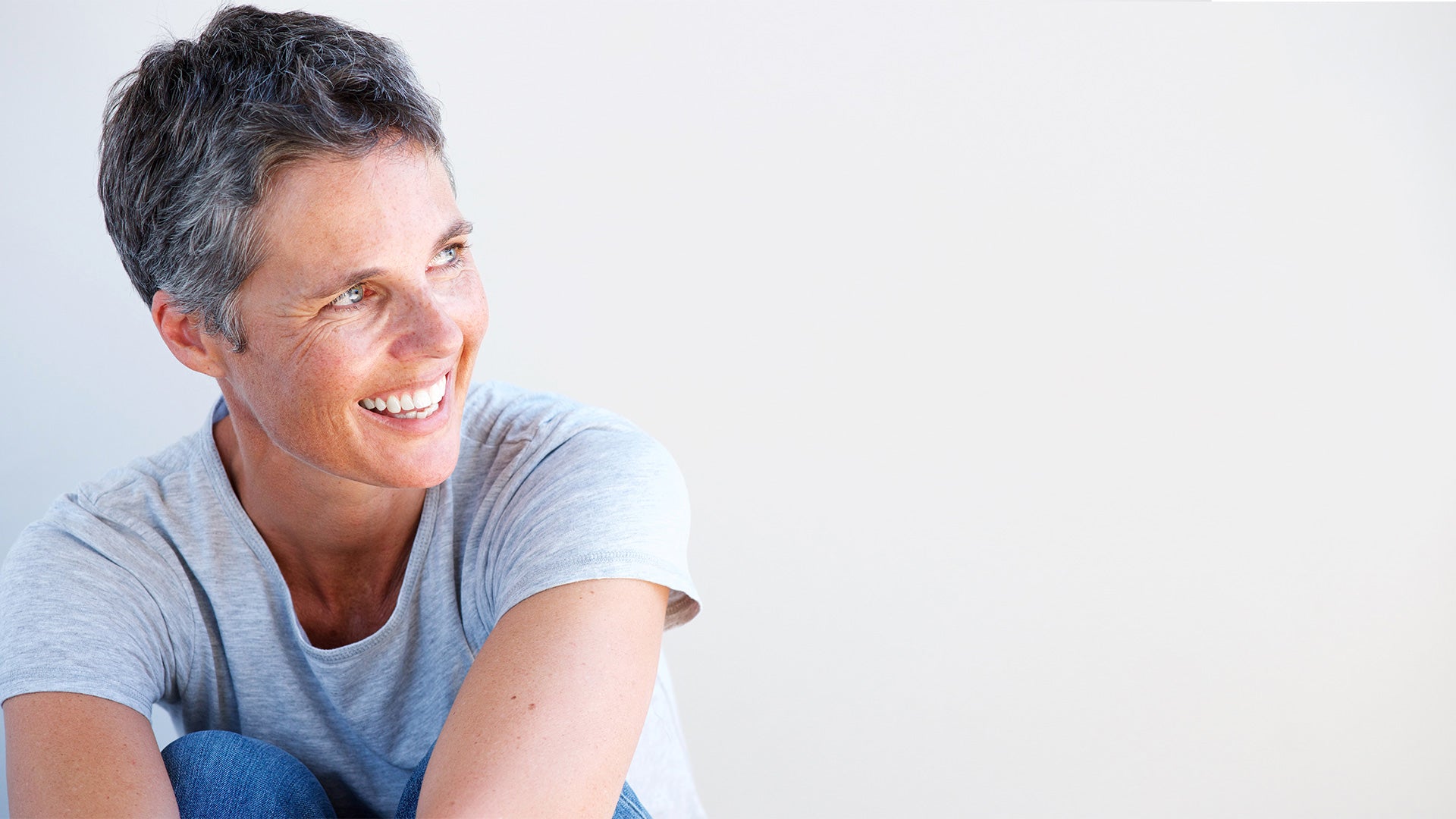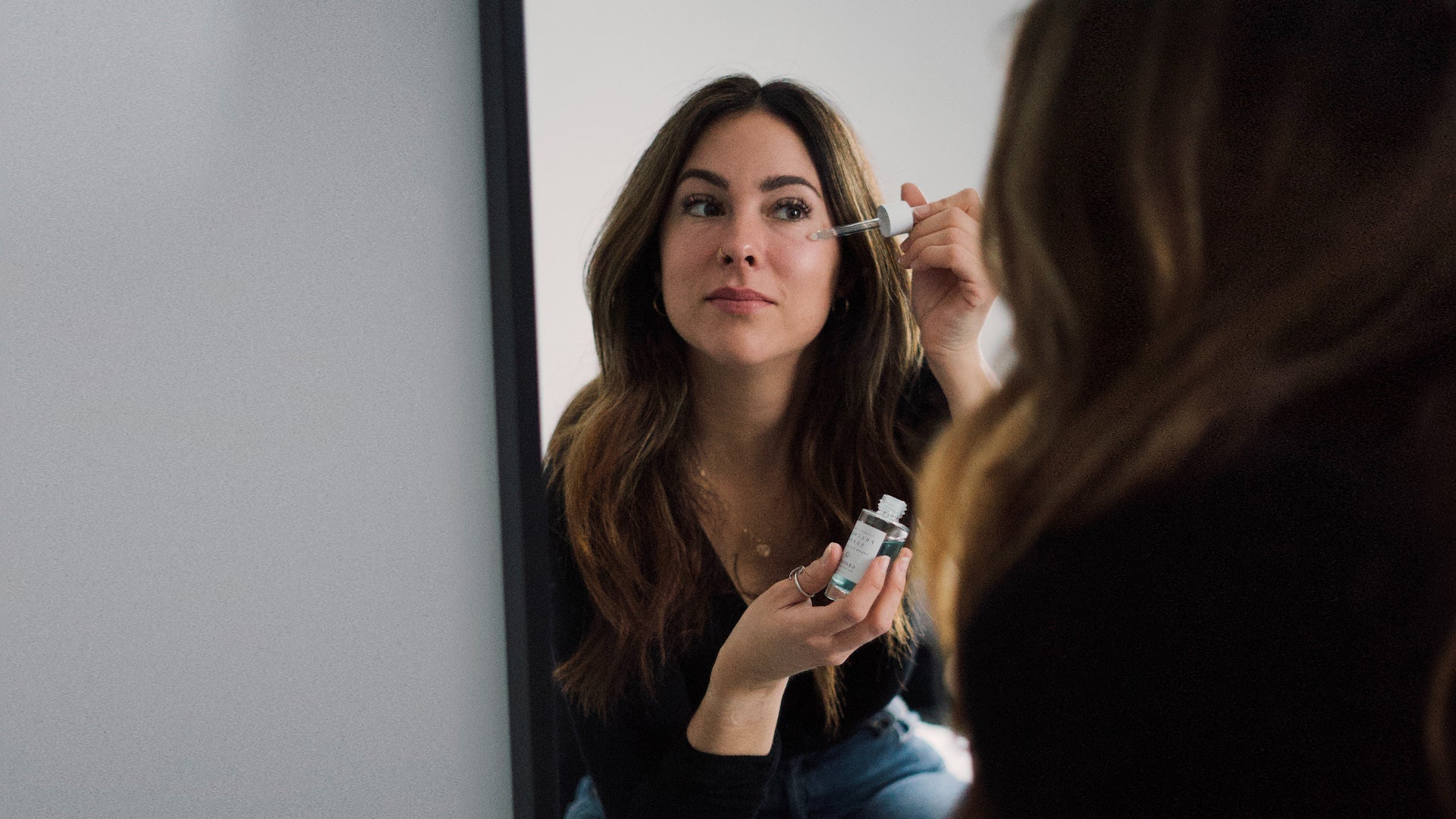We’ve got an important topic to discuss here on the blog, one that impacts both skin health and your NEWA treatments too!
With the colder weather already here, skin hydration has been getting a lot more attention. And many of you have shared with us that you’re noticing flaky, dry skin as a result.
Keep reading for a deep dive on all things hydration and check out our Instagram for other winter skincare tips.
The Skin Barrier
The anatomy of the skin could easily make up an entire post on its own so today we will be discussing only the most superficial layer - the stratum corneum. By the time skin cells reach this upper layer, they’re technically dead (though still very much biologically active) and they serve a vital role in the health of the skin.

Skin cells called corneocytes - and lipids - form the skin barrier. The “brick and mortar” analogy is commonly used to describe the skin barrier as the skin cells are the bricks and the lipids in between act as the mortar. The corneocytes contain the Natural Moisturizing Factors (NMF) as well - the skin’s natural humectants like hyaluronic acid, urea, and amino acids. The lipids on the other hand are composed of ceramides, cholesterol, and fatty acids.
The skin barrier is critical for keeping moisture inside the skin and the NMF further attracts and binds moisture from the environment. Proper hydration of the skin is important in regards to the elasticity and suppleness of the skin, a well functioning skin barrier, and desquamation (the shedding of dead skin cells).
In addition to keeping water in, the skin barrier also keeps pathogens and irritants out. It contains multiple protective barriers - antioxidant systems, photoprotection, antimicrobial defenses, and more. The skin barrier protects us from the environment.
Skin Barrier Disruption
Here is a list of the things that can impact the health of the skin barrier. You’ll notice they’re primarily environmental.
soaps, strong detergents, and over-cleansing in geebreql
- extreme weather like wind and snow
- arid climates (low moisture content)
- hard tap water
- long hot baths and showers
- inflammatory skin disorders like rosacea
- indoor heating and air conditioning
- irritating topicals like retinoids
- over exfoliation
- menopause
Tips for Barrier Health
In addition to avoiding or minimizing the items on the list above (where possible), here are some good habits and tips to improve both skin hydration and skin health.
- run a humidifier in your home, especially when the heater is on
- use a gentle, low pH cleanser for both face and body
- apply skincare when skin is still slightly damp from cleansing to lock in moisture
- use an occlusive barrier cream to minimize moisture loss from the skin (petrolatum works fine too)
- look for these ingredients in your skincare - ceramides, cholesterol, niacinamide, urea, fatty acids, lactic acid, phospholipids like lecithin and sphingosine, panthenol, allantoin, and n-acetyl glucosamine
- gently remove flaky skin with a soft microfiber towel instead of using abrasive exfoliants
- use a sheet mask if your skin needs some extra hydration
Skin Hydration
Hydration isn’t just important for skin barrier health though.

Skin Benefits
Ever heard of the term “a lit from within glow?” Hydrated skin reflects light from a deeper level - as does younger skin. Improving the hydration of the skin can help improve its appearance. This is especially important for mature skin, which sees a decline in hyaluronic acid production and overall hydration. This can exaggerate wrinkles and make skin look less plump.
The hydration of the skin is also linked to better wound healing as well as lower inflammation. So if you’re acne prone or have a healing wound of some kind, hydration can help as well as prevent scarring. As mentioned above, hydration also is important for desquamation - the sloughing off of dead skin cells - which means brighter, smoother skin. Conductivity

Now, how does this tie into your NEWA treatments?
Our device uses radio frequency, which falls within the Electromagnetic Spectrum. This means there’s an electrical current that flows through your skin. The resistance to this current generates the heat within the dermis that triggers the formation of new collagen and elastin - and also causes the tightening effect you see after the treatment.
Unlike many home devices, NEWA is designed effectively to target the dermis for real results. Many other options don’t get deep enough or hot enough, lack clinical studies, or may not have the safety measures NEWA does. The MHz used and our 3DEEP technology also ensures that the current will get past the skin barrier.
99% of the body’s resistance to electrical current is at the skin surface. Dry, dehydrated skin has more skin resistance while hydrated skin is less resistant. So if your skin is particularly dry this winter, you may notice it takes just a little longer for your NEWA to go green.
Follow the steps above to maintain hydration even during the cold winter months. Also, apply your NEWA gel immediately after cleansing and then do your treatment right away so your skin doesn’t lose moisture in the meantime. After, follow up with a good skincare routine.
If you still have questions please visit in our Facebook group!
You can also check out previous blog post on Menopausal Skin here.
Thank you,
NEWA




